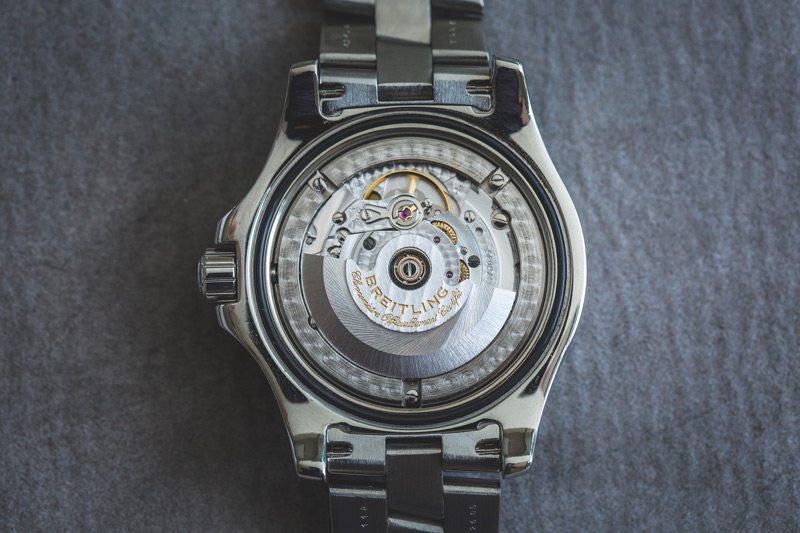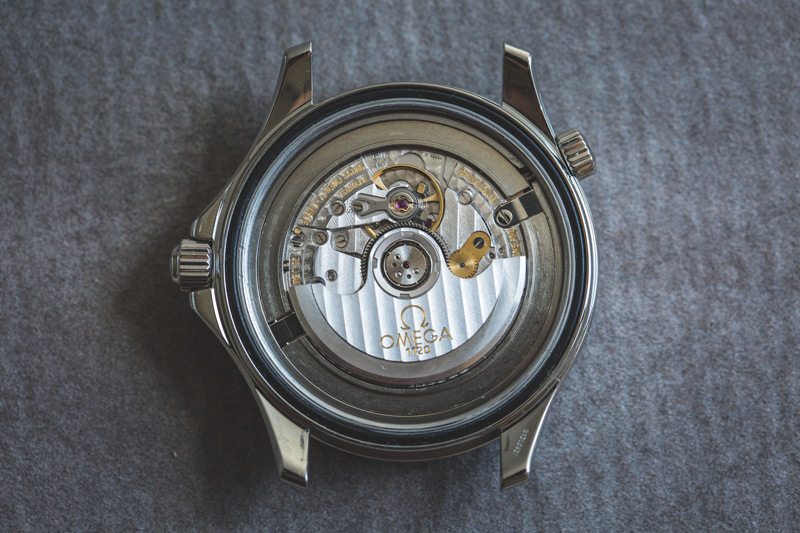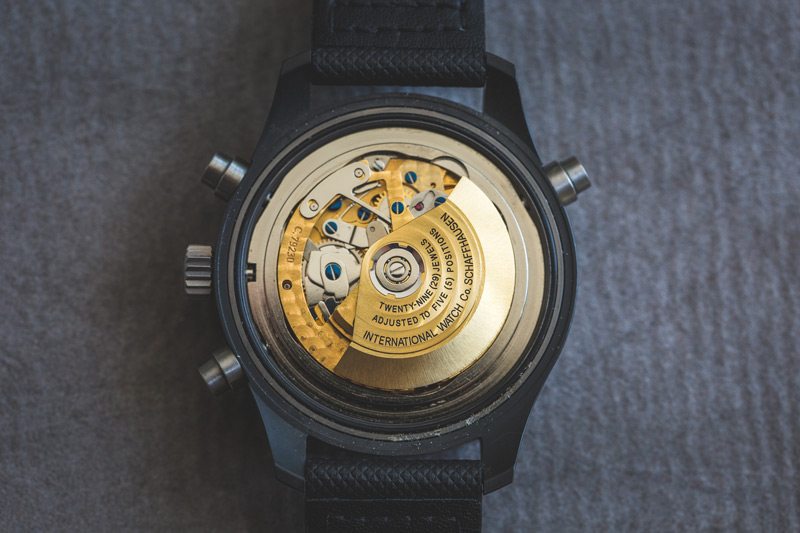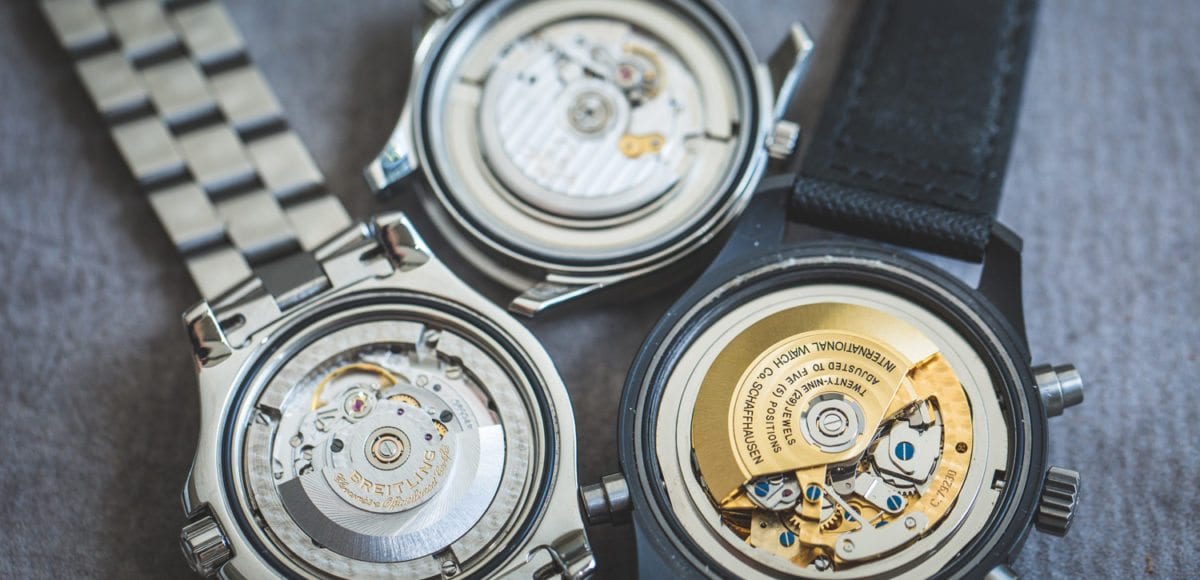If a movement is the heart of a watch, then ETA movements arguably beat at the very core of the Swiss luxury watch industry. ETA is Switzerland’s largest movement maker, and they’ve played a large part in defining the industry as it is today. However, many believe there’s a stigma around ETA. In recent years, watchmakers have started to place greater emphasis on creating their own in-house movements. In turn, some people have developed certain connotations with ETA and written them off as being lesser than. However, that couldn’t be further from the truth. ETA is an indispensable part of the industry, and their movements play a significant role in luxury watches. It’s safe to say that without ETA, the Swiss watchmaking industry in particular wouldn’t be what it is today. Here, we’ll shed some more light on ETA and the movements they produce.

What is ETA SA?
ETA SA Manufacture Horlogère Suisse specializes in watch movements. That includes quartz calibers, mechanical calibers, and ébauches, or partially assembled movements. Today, a majority of watch brands source these movements to power their watches.
ETA’s history dates back over a century to 1856. That year, two men named Dr. Joseph Girard and Urs Schild founded a movement manufacturer. Two decades later in 1876, they named the company Eterna. By 1932, Eterna had divided into two entities. The first was a watchmaking facility called Eterna SA. The other was an ébauche making facility called ETA SA. It was then that ETA was officially born. Through a complex series of mergers and buyouts over the years, ETA has since become a subsidiary of Swatch Group. However, because of ETA’s structure and position in the market, the Swiss government requires them to supply movements to brands outside of Swatch Group. This unique set of circumstances has paved the way for these movements to be the most prolific watch calibers today.
What are ETA movements?
Some watch brands do in fact produce their own movements entirely in-house. However, many place their names on modified ETA movements. To design, develop, and manufacture a watch caliber completely in-house is expensive and time-consuming. Alternatively, modifying an ETA movement or ébauches is a sensible alternative for many companies.
Some people believe that the best watch movements can only come from watchmakers that produce them entirely in-house. It’s true that they are perhaps more creative, customized, or unique but not necessarily better. Others would argue ETA has better quality control, and their movements are more reliable, accurate, and time-tested. Plenty of industry veterans recognize the steadfast performance of ETA mechanical movements. They produce calibers in different grades and with the top specs, like COSC certification. These movements are arguably some of the best available, regardless of where your opinion stands.
What are the most popular ETA movements?
Among ETA’s selection of ébauches and quartz and mechanical calibers, there are three standouts: the 2824, 2892, and 7750. The 2824 is one of best-known ETA movements. Dubbed “the workhorse.” it’s highly prized for its reliability, accuracy, and durability. The 2824 is a self-winding movement with a 38-hour power reserve. You can find it in watches produced by brands like Tudor and Breitling.

A base ETA 2824 movement in a Breitling Colt’s caliber 17
At first glance, the ETA 2892 is quite similar to the ETA 2824. However, its thinner construction makes it a more premium option, particularly for chronograph models. IWC and Omega are just two of the brands who employ the 2892.

A base ETA 2892 movement in an OMEGA Seamaster’s caliber 1120
Perhaps the most famous of the ETA calibers is the 7750 Valjoux automatic chronograph movement. The 7750 Valjoux does away with the intricate column wheel and uses a three-plane cam system instead. As a result, it’s a superior option for chronographs because it allows for a number of upgrades. The unique design also makes it easier to produce in large quantities. Aside from a few exceptions, the 7750 Valjoux powers most mechanical chronographs produced from mid-1980 onwards.

A base ETA Valjoux 7750 movement in an IWC Top Gun Double Chrono’s caliber 79230
Without ETA’s movements, the watch industry would not be where it is today. As Swatch Group continues to reduce the number of ETA movements available for competing brands, more and more watchmakers are investing in making their own in-house calibers.
So what does the future hold for ETA and its role in the industry? That remains to be seen.
Editor’s Note: Updated in June of 2019 for clarity
Get More Articles Like This in Your Inbox
We're constantly creating great content like this. So, why not get it delivered directly to your inbox? By subscribing you agree to our Privacy Policy but you can unsubscribe at any time.







Peter laurence-couzens | July 11, 2020
|
Does anybody know if i can get a watch with a c07.611 movemenT replaced with a top grade 2824-2 movement, and how would i go about getting it done?
(Please, and thank you)
Patsy | October 30, 2018
|
Love watches! Articles like this are a teaching class to consumers